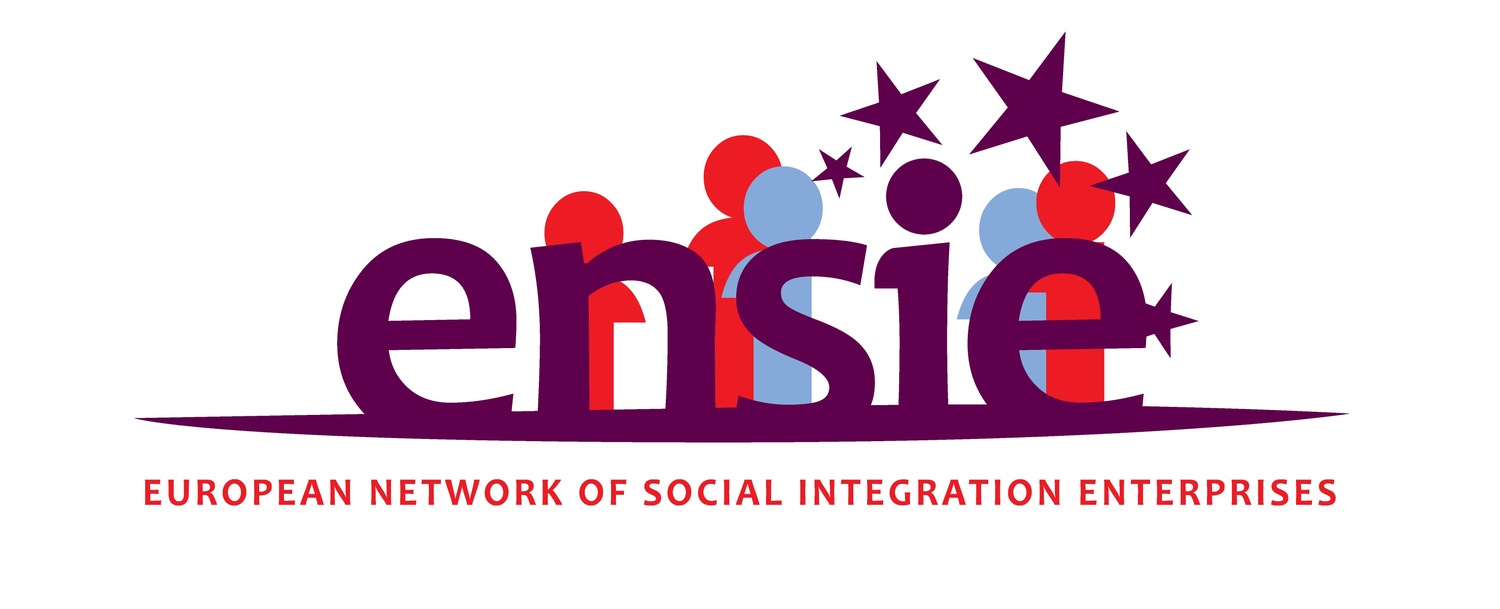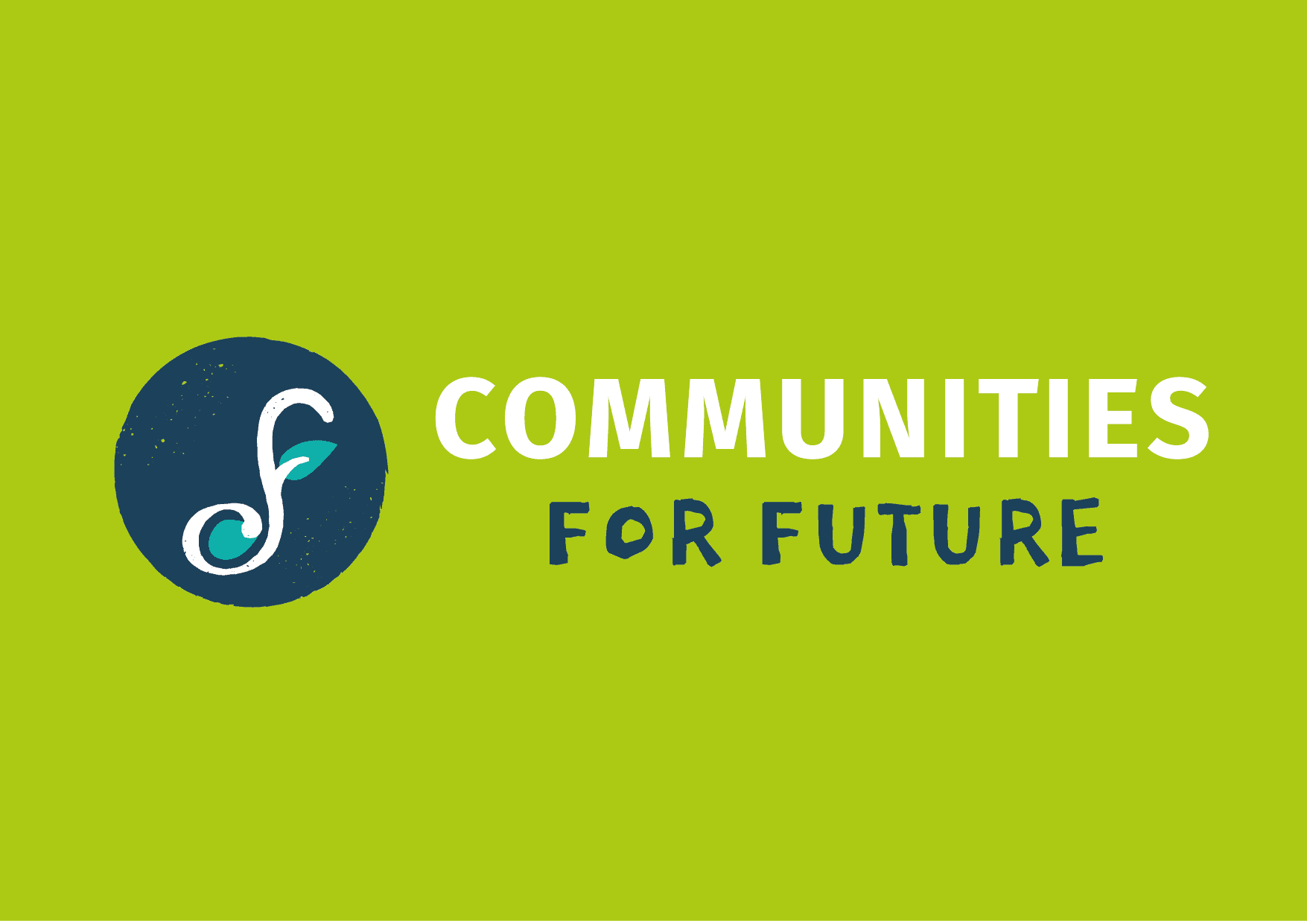The active labour market measures designed to work integration social enterprises are efficient to integrate disadvantaged people on the labour market. Indeed, they enable the disadvantaged persons to find a job or a vocational training while favouring the increase of self-esteem and confidence throughout a tailored integration pathway. By choosing the work integration social enterprise model, public authorities change the costs[i] linked to the disadvantaged person into a real investment generating a economic[ii] and social return.
The study based on the ‘Impact WISEs’ tool of ENSIE and presented on November 17th, 2016 at the European Parliament, with the support of the Member of the European Parliament, Jens Nilsson, underlines two important results:
- The work integration social enterprises are active at the very core of the economic system, in several sectors of activity and according to the industry agreements of these sectors;
- The work integration social enterprises have a success rate of 65% of people who have positive outcome after their pathway to integration.
In 2015, in the 807 work integration social enterprises (WISEs) interviewed, present in 9 countries of the European Union and among the 12,954 disadvantaged workers:
- 48,5% found a job in the same WISE, in another WISE or in the classic labour market;
- 16,5% became self-entrepreneurs or found a professional training;
- and 35% have other outcomes such as unemployment, illness or death.
These figures demonstrate well the efficiency of work integration social enterprises and their success rate, in particular in the framework of active labour market measures implemented by public authorities to develop this type of enterprises and favour the integration of people the most excluded from the labour market and society.
More information concerning the sectors of activity or human resources of work integration social enterprises
are available in the framework of this study on our page dedicated to the measurement of the social and economic impact of our enterprises.
[i] The costs linked to the disadvantaged person can be: minimum income, unemployment benefits, healthcare costs…
[ii] On the economic return, please see the ‘Memoria Social 2015’ of FAEDEI and the SROI study from arbeit Plus member.













